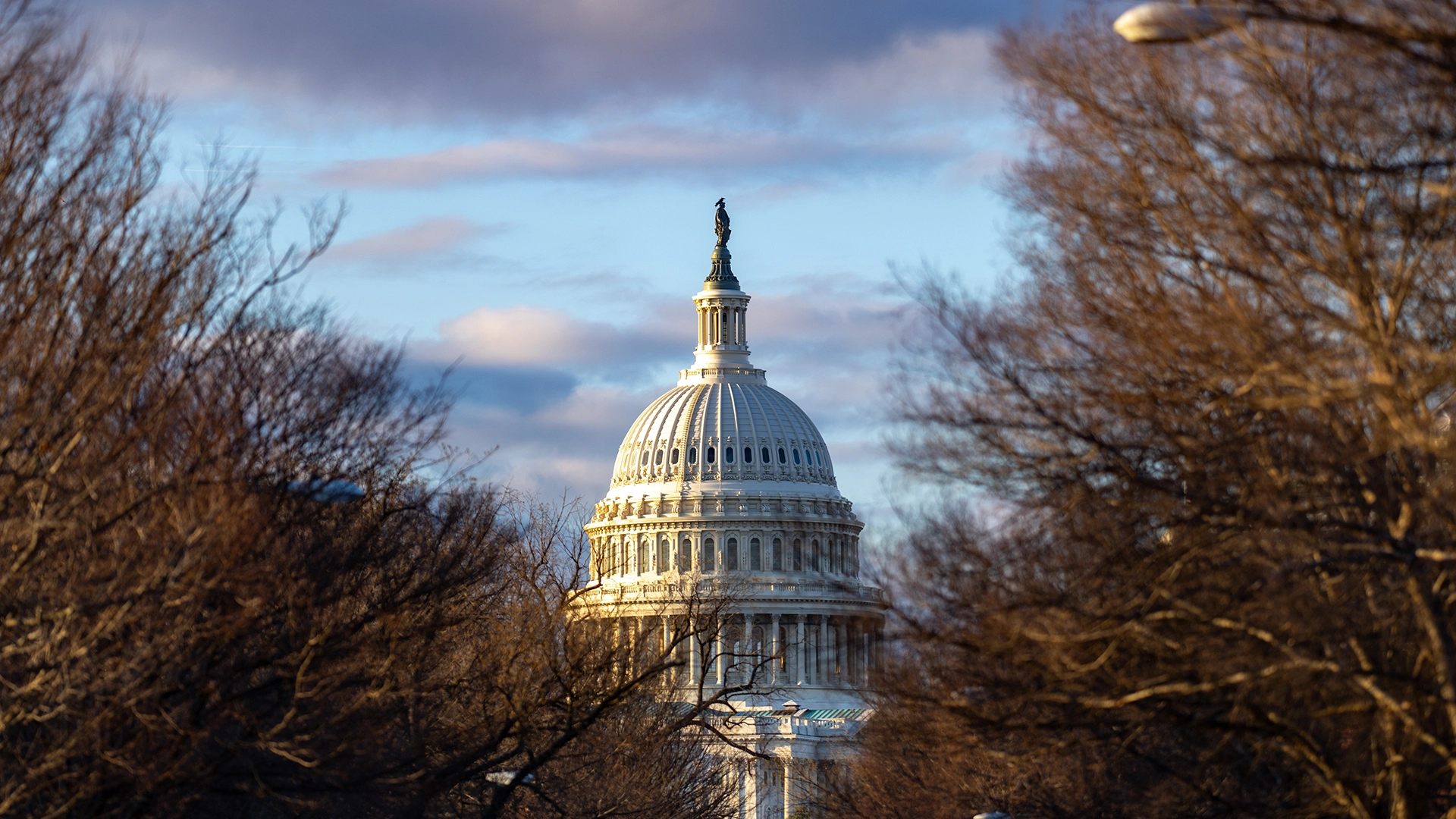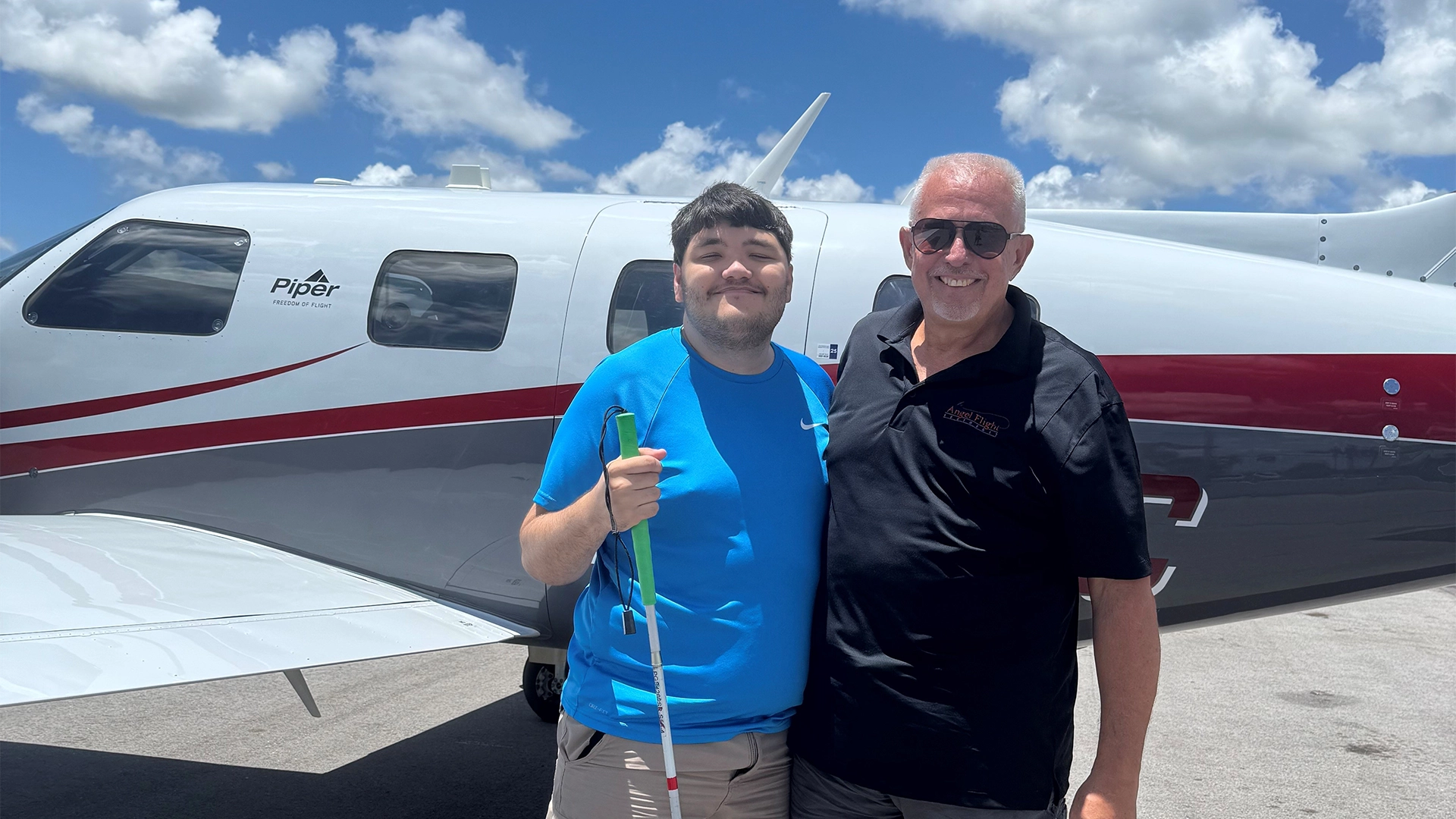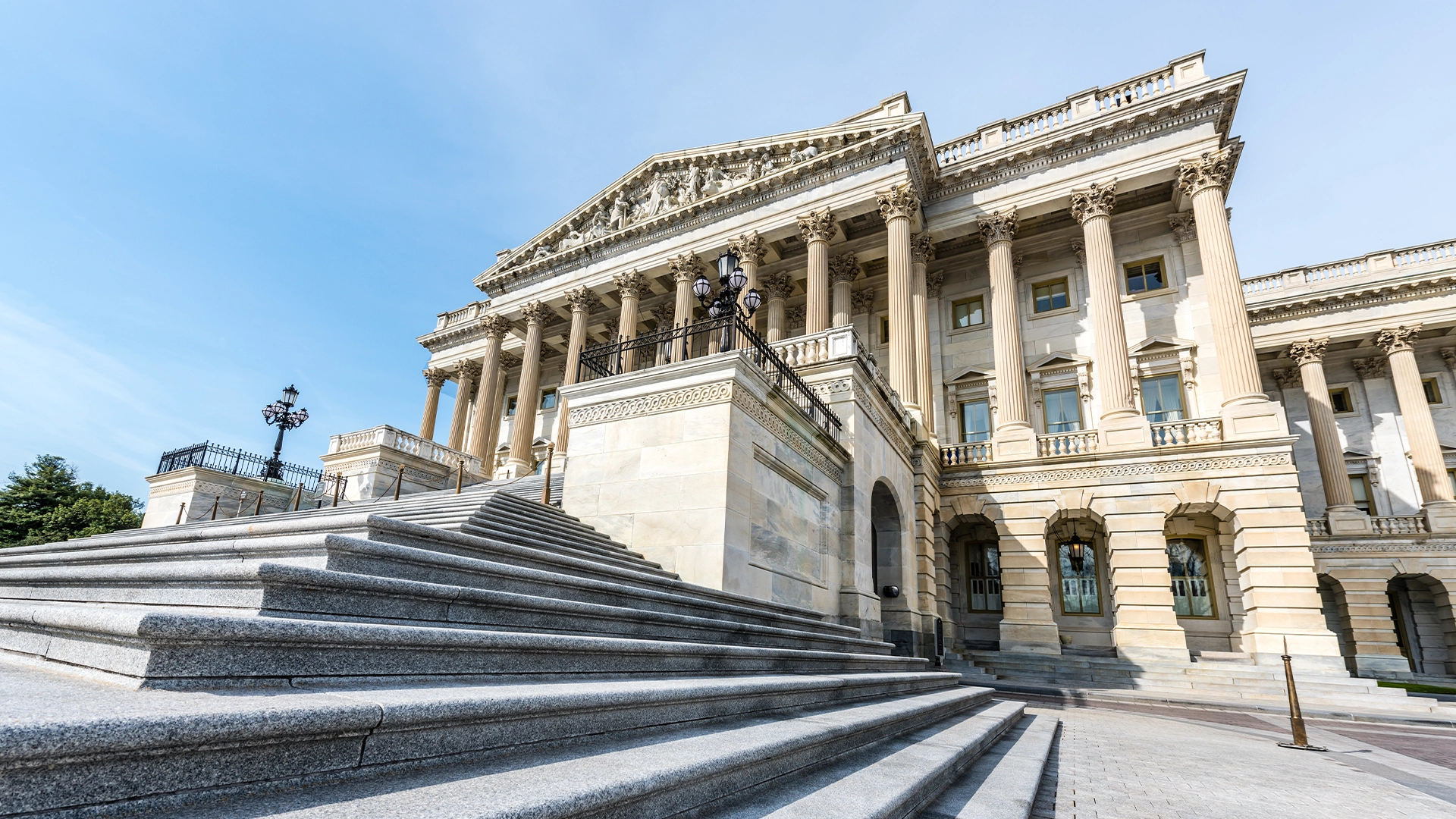
Business aviation gets greener every year, with more companies flying latest-generation aircraft and taking conscious steps to make their operations more sustainable. But the current trajectory isn’t sufficient to achieve net-zero carbon emissions by 2050.
According to Robin Riedel, a partner at global management consulting firm McKinsey & Company, the industry must embrace a portfolio of approaches to achieve that goal. In addition to transitioning to sustainable aviation fuel (SAF) and developing lower- and no-emissions engines, aircraft and power sources, business aviation needs to adopt artificial intelligence (AI) tools across operations and the aviation ecosystem. In this context, AI is defined as predictive software able to identify patterns and “learn” from new data.
“There are a variety of ways that AI can help business aviation decarbonize,” Riedel said. “To get there by 2050, the industry needs to be pursuing all of them.”
Possible Carbon-Cutting Benefits of AI
Riedel identifies three key areas where AI can drive more sustainable operations:
- Capacity optimization. AI-enabled forecasting tools promise to help operators optimize capacity utilization by filling empty seats and empty legs. AI can also help by enabling tighter packing of cargo. As a result, operators can generate more business value for each unit of carbon emitted. This area has strong near-term potential for flight departments looking to reduce ferry and positioning flights.
- Routing optimization. This will probably be the area with the most near-term growth. Google, Nvidia and Huawei are already using AI to power better weather prediction. Google’s Project Contrail uses AI to enable operators to make more climate-friendly altitude choices. During a six-month pilot program, AI-enabled route-planning software from Air Space Intelligence helped Alaska Airlines save 480,000 gallons of jet fuel. AI-enabled training software from OpenAirlines is teaching pilots to make fuel-saving decisions during flight operations. AI is improving air-traffic forecasting, minimizing holding patterns in the air and wait times on the ground. In the next few years, we can expect improved AI-enabled routing-optimization tools – e.g., AI-powered FADEC models. And by optimizing flight aspects like thrust reversals, approach routes and throttle management during ascent and cruising, AI promises massive reductions in fuel burn.
- Technology innovation. AI is already helping in the design of more-efficient next-generation planes. For example, AI designed the lightweight partitions between cabins in the Airbus A320. And AI is aiding in research into rechargeable batteries, a key potential alternative energy source for aviation.
Ecosystem Optimization
Riedel also identifies a fourth category where AI can drive aviation decarbonization, which is perhaps best summarized as ecosystem optimization: the evolution of businesses and organizations across the aviation ecosystem. For manufacturers, this would include the adoption of AI tools that speed the development of more climate-friendly aircraft – giving operators earlier access to more-sustainable planes.
For MROs, AI promises to drive significant new operational and training efficiencies – helping MROs adapt to workforce shortages and operators keep their planes in the air and on schedule rather than having to burn extra fuel due to maintenance-caused delays.
Already today, companies like GE and GridRaster are using AI to build “digital twins” that help manufacturers and maintenance organizations improve efficiency and quality control, and AI is powering predictive-maintenance solutions like Boeing’s Airplane Health Management.
AI is also improving the efficiency of ground operations, helping operators avoid burning extra fuel during delays on the ground and in the air.
Reality vs. Hype and Getting Your People Onboard
As detailed above, AI is already helping to improve sustainability across the aviation industry. And for good reason—it can do things that no human being can.
As GridRaster CEO and founder Rishi Ranjan put it, “AI works 24/7. It doesn’t sleep. And it doesn’t overlook missing or worn-out parts, or make miscalculations.”
But it’s crucial for operators to do their due diligence to discern reality from hype. In the near term, operators should start evaluating AI products and learning what’s out there. Pay attention to applications that are currently available only to commercial airline and military customers, with the expectation that they may be adapted for the business-aviation market.
Operators should also start evolving their culture to embrace AI. AI delivers real value only when it is fed accurate, consistently labeled data. If your people are using it improperly or providing it with bad data, your AI application won’t deliver the value you want from your investment. Changing your organization’s culture is the solution.
“It’s important to be realistic,” concluded Riedel.
“We’re not talking about autonomous agents that are going to eliminate everyone’s jobs – we’re talking about tools that augment the ways people do their jobs, so they can do their jobs better. And in itself, AI isn’t a silver bullet – change management is essential to optimize the value it can deliver.”




